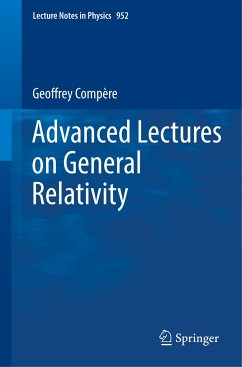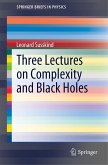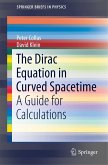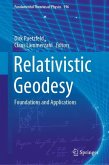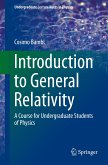These lecture notes are intended for starting PhD students in theoretical physics who have a working knowledge of General Relativity. The four topics covered are:Surface charges as conserved quantities in theories of gravity;
Classical and holographic features of three-dimensional Einstein gravity;
Asymptotically flat spacetimes in four dimensions: BMS group and memory effects;
The Kerr black hole: properties at extremality and quasi-normal mode ringing.
Each topic starts with historical foundations and points to a few modern research directions.
Classical and holographic features of three-dimensional Einstein gravity;
Asymptotically flat spacetimes in four dimensions: BMS group and memory effects;
The Kerr black hole: properties at extremality and quasi-normal mode ringing.
Each topic starts with historical foundations and points to a few modern research directions.

